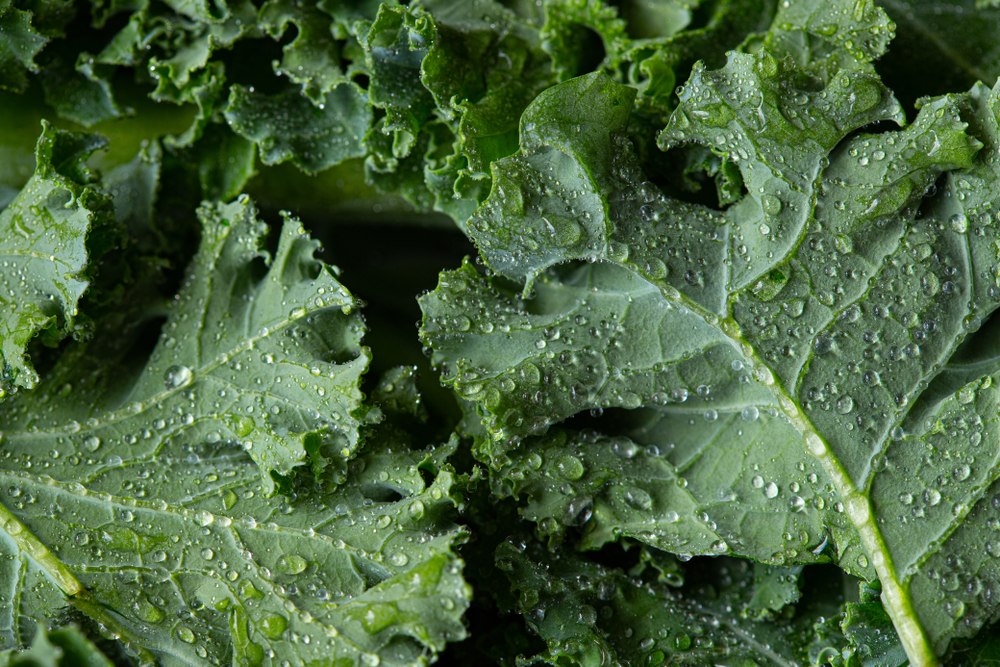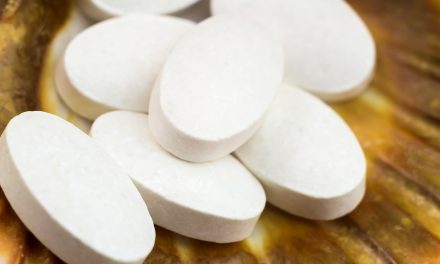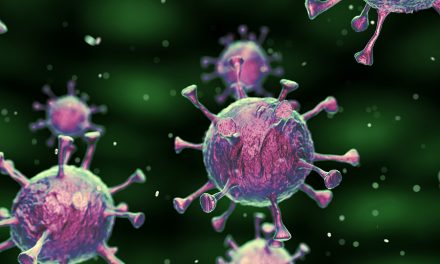The Environmental Working Group (EWG) publishes a yearly list containing all of the produce that should be specifically bought organically, as opposed to the products that you can get away with buying normal, but still avoid pesticides. These are known as the ‘Dirty Dozen’ and the ‘Clean Fifteen.’ This year, Kale appeared third on the ‘Dirty Dozen’ list. But before you cross Kale off of your grocery list, there are more factors to consider. (1, 10)
‘Dirty Dozen’ and ‘Clean Fifteen’
The ‘Dirty Dozen’ are those fruits and veggies that the EWG deem to have concerning levels of pesticides. The ‘Clean Fifteen’ list, on the other hand, is made up of fruits and vegetables containing the smallest amount of pesticide residue. It’s based on an analysis of the U.S. Department of Agriculture’s Pesticide Data Program (PDP) report, which is also published annually, and it’s a way to simplify the data for laypersons like you and me. I’ve tried reading the report myself and it’s far too complicated for me. Thankfully, the EWG has done all the hard work for us. (2, 3)
RELATED STORY:
‘Dirty Dozen’
In order from most pesticide-contaminated to least, the ‘Dirty Dozen’ list is as follows:
- Strawberries
- Spinach
- Kale
- Nectarines
- Apples
- Grapes
- Peaches
- Cherries
- Pears
- Tomatoes
- Celery
- Potatoes
(1)
‘Clean Fifteen’
On the other hand, the top ‘cleanest’, or pesticide free, fruits and vegetables are as follows:
- Avocados
- Sweet Corn
- Pineapples
- Sweet Peas Frozen
- Onions
- Papayas
- Eggplants
- Asparagus
- Kiwis
- Cabbages
- Cauliflower
- Cantaloupes
- Broccoli
- Mushrooms
- Honeydew Melons
(10)
Kale
Kale has long been touted as being a superfood. It’s versatile and healthy. According to Lauren Manganiello, registered dietitian, “Kale is also a good source of iron and pairing it with foods rich in vitamin C, such as strawberries, citrus fruits or lemon juice, help with absorption.” Kale can be wilted, or even pan fried. It can even be turned into a delicious chip alternative. (4, 5)
RELATED STORY:
What Does This Mean for Kale?
Just because kale is on the list of most pesticide-laden foods, does this mean you should now avoid it? In short, no. In slightly longer, definitely not.
The EWG website says that it always recommends eating fruits and vegetables, even conventionally grown, instead of processed foods and other less healthy alternatives. EWG recommends buying organic whenever possible. Not only is reducing your exposure to pesticides a smart move but buying organic also sends a message that you support environmentally friendly farming practices that minimize soil erosion, safeguard workers, and protect water quality and wildlife.
RELATED STORY:
It’s estimated, by the CDC, that less than 18% of adults in each state consumed the recommended amount of fruit and less than 14% consumed the recommended amount of vegetables. Therefore, the focus is on encouraging more people to eat fruit and vegetables. The health benefits of a diet rich in fruits and vegetables outweigh the risks of pesticide exposure. Eating conventionally grown produce is far better than skipping fruits and vegetables. (6, 7)
Pesticide Removal
Research has discovered that a mixture of baking soda and water is effective at removing pesticides from produce. Therefore, if you find that you can’t stand to make your smoothies without kale, you have options! Definitely don’t avoid kale just because it made the list. If anything, choose to buy organic or just ensure you give it a thorough clean before eating it. (8, 9)












